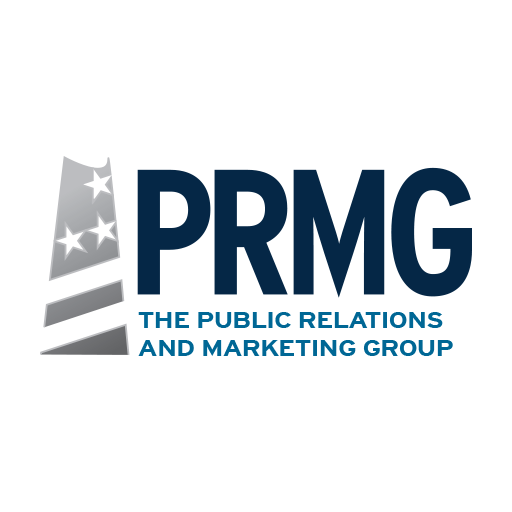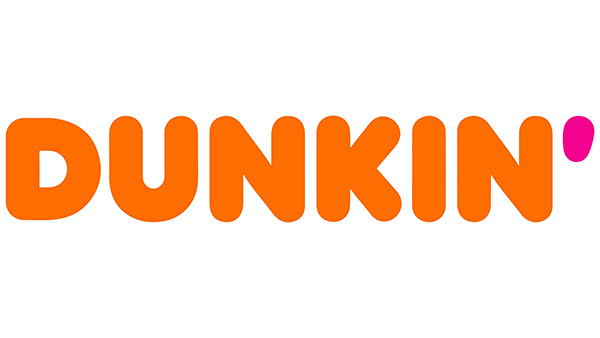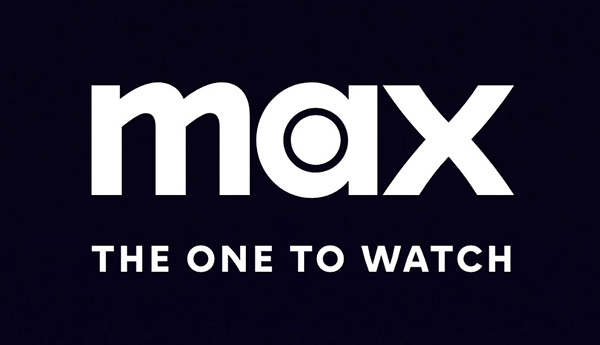 Over the past few years, the popularity of Internet-based advertising has increased tremendously. One of the most widely used methods of Internet-based advertising is through email. Email advertising offers businesses a cheap, easy way to reach out to a large number of potential or current clients. Its advantages have led to a decline in direct mail advertising, the more traditional system of sending tangible advertisements to consumers. Despite the lower costs associated with email advertising, does it bring in a higher return on your investment?
Over the past few years, the popularity of Internet-based advertising has increased tremendously. One of the most widely used methods of Internet-based advertising is through email. Email advertising offers businesses a cheap, easy way to reach out to a large number of potential or current clients. Its advantages have led to a decline in direct mail advertising, the more traditional system of sending tangible advertisements to consumers. Despite the lower costs associated with email advertising, does it bring in a higher return on your investment?
There are many advantages to email advertising. For starters, emails can contain clickable links. In addition to text information and pictures found on advertisements, links can be used to send a consumer to any web page a business desires. Also, emails are sent to consumers immediately. There is no waiting period for an email to be delivered to a consumer like there is with direct mail. However, the main advantage to email advertising is very basic: it is cheap. As long as a business is connected to the Internet, sending an email comes at almost no cost. Direct mail incurs costs such as printing and postage, which can add up quickly if a business is trying to reach a large number of consumers.
However, there can be some downsides to email advertising. For instance, while emails can be an effective way to reach a target market, what happens if a business doesn’t have the email addresses of consumers from the target market? Building a database of email addresses is a difficult process that can take months to sufficiently complete. This can be avoided by using agencies that offer lists of addresses, but all of this comes at a price. Businesses must also comply CAN-SPAM regulations which place limits on how email lists can be developed, what content can or must be included and how emails are sent. Finally, a large number of emails are never seen by consumers. Email advertisements are often viewed as junk mail and automatically end up in spam boxes or are deleted before they are read.
This brings to mind one of the biggest advantages to direct mail, which is the fact that you are ensured the consumer will see the advertisement. Even if the consumer thinks of the advertisement as junk mail, they will still briefly look at it, giving your brand some exposure. This also presents the opportunity to change one’s opinion with catchy designs and content. Someone may automatically delete an email containing coupons, but an eye-popping postcard in the mail can often lead to sales. Also, certain demographics of people, such as senior citizens, are more likely to respond to direct mail than emails. Some of these people do not check their email very often or may not even have an email address at all.
There is proof that many people still prefer the more traditional communication method of direct mail. The Direct Marketing Association found in a 2012 study that letter-sized direct mail has a response rate of 3.4% from a house list and a 1.28% rate from the general public. Email, on the other hand, only has a response rate of .12% and .03%, respectively. With all of these factors in mind, it’s clear that direct mail can still have a high return on investment and reach a wider audience.
In the end, the method that works best depends on the business, their target market, products and services offered, and the resources available. If a business is appealing to a younger crowd, email advertising may be the preferred method, while senior citizens may be reached more affectively by direct mail. Many businesses should use blanket coverage of a geographical area from direct mail to gain new clients, but some should choose to nurture existing clients with emails. However, all of this can come down to your budget. Even if direct mail may benefit a business, if it does not have the resources available to make the investment, then emails may be the way to go. Often, finding a combination of both methods can be the best system for a business.
If you have any questions regarding email advertising strategies, direct mail strategies, or other marketing advice, please contact The Public Relations and Marketing Group at 1-855-PRMG-123 or email:info@theprmg.com .


